Sam Dalmas - you all know this already, surely - is a penniless American writer trapped in Rome. His friend Carlo gets him a job writing a booklet about birds, the proceeds from which will be enough to cover his, and his gf's, air fare home. On his way back to his apartment with his paycheck he witnesses an attempted murder in an art gallery, and the police force him to stay in the country as a semi-suspect. Sam begins his own investigation to try and clear his name, and discovers that the scenes he witnessed may be connected with a serial killer targeting young women across Rome. After surviving a couple of assassination attempts, the second of which affords him a clear look at his attacker's face, the police mystifyingly decide that he can leave after all. However, he's in too deep to give up now, pursuing his investigation to track the origins of a mysterious painting which the killer may have purchased. Ultimately, though, his investigations contribute nothing towards the cracking of the case - it's Carlo who saves the day, thanks to his ornothology prowess. But there's still time for one final, deadly twist...
Argento + Storaro + Morricone = good. This isn't a perfect film, by any means, but there's just something so pleasing about it. Argento would scale greater heights, but this is undeniably his most influential work, as it refocused the filone into the proto-slasher form which dominated the early 1970s, AKA the glory years. Previously there was the odd Bava-esque black gloved killer, but the most influential giallo film previously was The Sweet Body of Deborah (taking its own cue from Les Diaboliques), and gialli tended to be about rich people tricking each other for inheritances. Now, suddenly, the gloves were off (and then put right back on again), as Freudian psychology took hold, and deranged killers, haunted by past events, began to stalk the screen.
I've touched elsewhere on potential generational reasons for this shift (viz. younger directors being willing to address the stain on the national psyche that was WW2), but it's probably fair to say that Argento's bombastic personality and style suited a more graphic, outré style of film more than a twisty-turny rich-people-play-tricks-on-each-other-in-a-villa style of plot. His films take place in the city, where his characters can simultaneously be surrounded by others yet, paradoxically, also alone, so very alone, when the time comes. (Something he took to extremes in Tenebrae, which [he claimed] was set in a future in which the world has been significantly depopulated. )
The film is an unofficial adaptation of The Screaming Mimi by Frederic Brown, from which it takes the conceit of previously-repressed trauma inspiring a series of murders. The look of the murderer is pretty much full-on B&BL Bava, while the comedy is full-on Ed Wood. OK, that's a cheap shot at both Argento and Wood, but the comedy isn't great, and there's quite a lot of it here, but it's something that Argento clearly enjoyed as he returned again and again to drink at the same unfunny well. The patented Argento mad science gets an early look in, with a scientist, who works in a laboratory which resembles a laundrette, using a computer to deduce that the killer's description (40, 6ft, slender, dark brown hair and 75kg) matches 150,000 current Rome residents. While this can't have been anything but a wild estimate which could have been performed by the human brain, he goes on to say that "most" of these matches are in jail... Eh?!
There's a heavy police procedural influence, although the fuzz prove to be pretty useless - Sam's stuttering investigation (lil' jokey reference there to the stool pigeon guy) is based on uncovering some info about what happened to the first victim before she was murdered, info that the fuzz surely would've discovered themselves. Then again, maybe they did follow the same line of enquiry as Sam and ultimately abandoned it, as, although it proved useful in explaining the killer's motive/root trauma, it didn't really open up any opportunity to nab them. You'd have to question what the two men on duty outside Sam's apartment are at though, allowing him to bugger off to visit Mario Adorf in a loft, and then allowing the killer to pop upstairs to try and kill Suzy Kendall. And the decision of Inspector Morosini to finally allow Sam to leave the country after he's been attacked by Reggie Nalder is literally insane, given the presumption at that point would have to have to be that Nalder's the killer, with Sam the only person who could positively ID him.*
That chase is an interesting one, scored as it is by discordant Morricone noises. It's probably more stylish than tense, with the direction never quite building suspense, largely due to an absence of medium shots - everything is either tight or extremely wide, so there's no real internal rhythm generated. The arty quick shots are almost Tinto Brass-like, although the casting of Nalder does go a long way to adding a sense of menace to proceedings. Saying that, Nalder folds like a limp vest when Sam runs to appeal to some Bigger Boys for help (Bigger Boys who show absolutely no interest whatsoever in what he says), and the chase dynamic switches on a dime, with Sam now pursuing the armed assassin. Eh (again)?!
Further Bava influence can be seen in the prominent role played by phone calls in proceedings - the Telephone segment of Black Sabbath was one of the earliest gialli, but it hadn't as yet proven especially influential in the filone. But this film, as stated, excelled in the influence stakes - just look at how many gialli which followed in its wake referenced animals in the titles, not least Argento's two immediate follow-ups. This film isn't perfect, and in another universe where it didn't (eventually) become a big commercial success it might be dismissed as just another decent Italian thriller. But in this universe, it's a behemoth. The moment when the camera pulls back from Sam standing isolated in front of some steps and pans across the city, slowly picking out an apartment window hundreds of metres from him, then suddenly cuts to a close up of a pair of black leather gloves is truly the moment the giallo arrived.
Viva Argento!
*He also doesn't have a good memory, if his "Have we met before?" exchange with Suzy Kendall is anything to go by. Although, intriguingly, this doesn't come back, and is left hanging, just another moment designed to unsettle the viewer, to throw them off the scent by overburdening them with smells (ie chucking a load of red herrings into the mix, in case that wasn't clear). It's an approach Lucio Fulci used to the nth degree in House by the Cemetery, a film which sets itself up as a giallo only for the killer to turn out to be a Zombie living in a cellar (!), and which contains a near-identical exchange to the one detailed above.
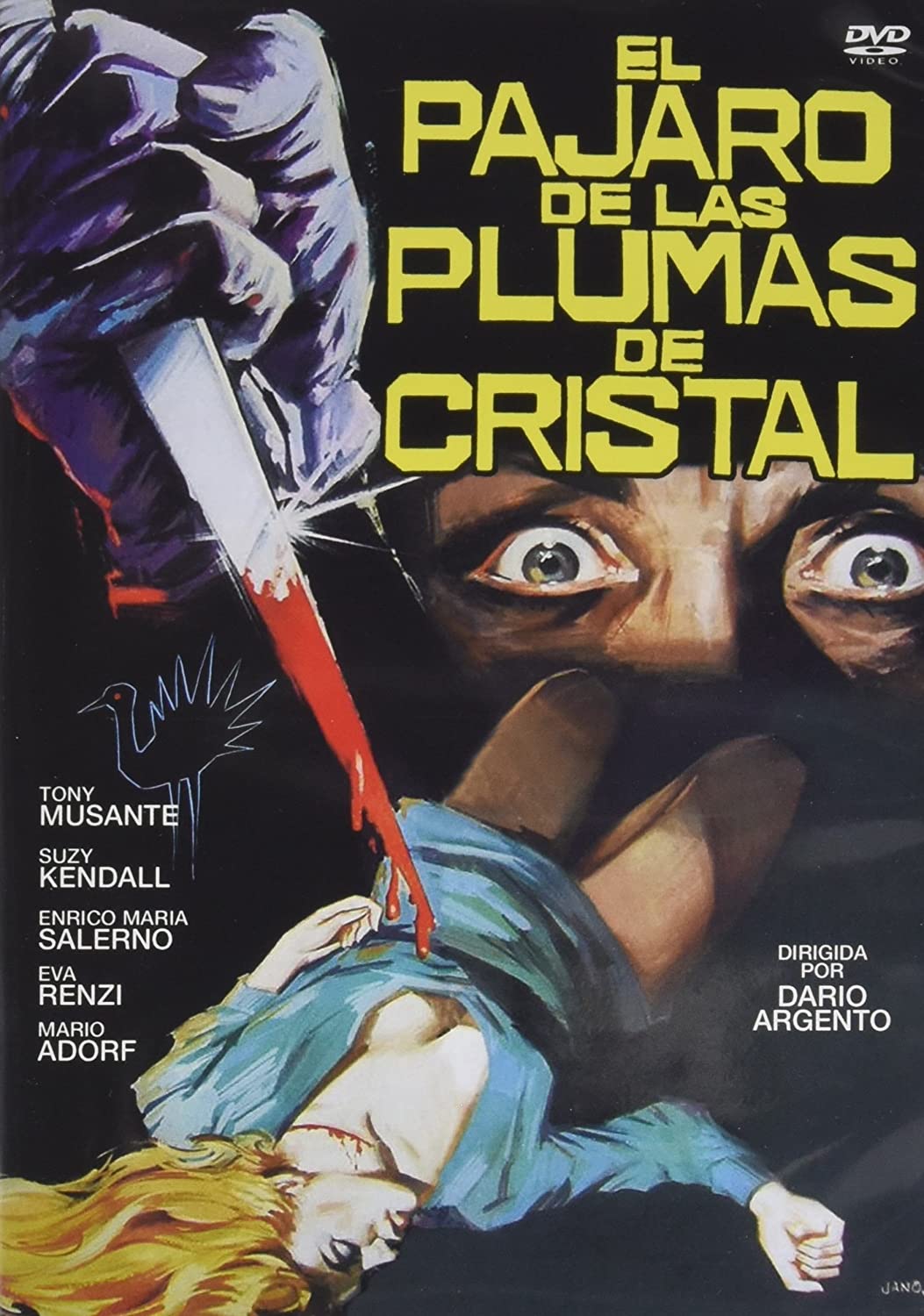
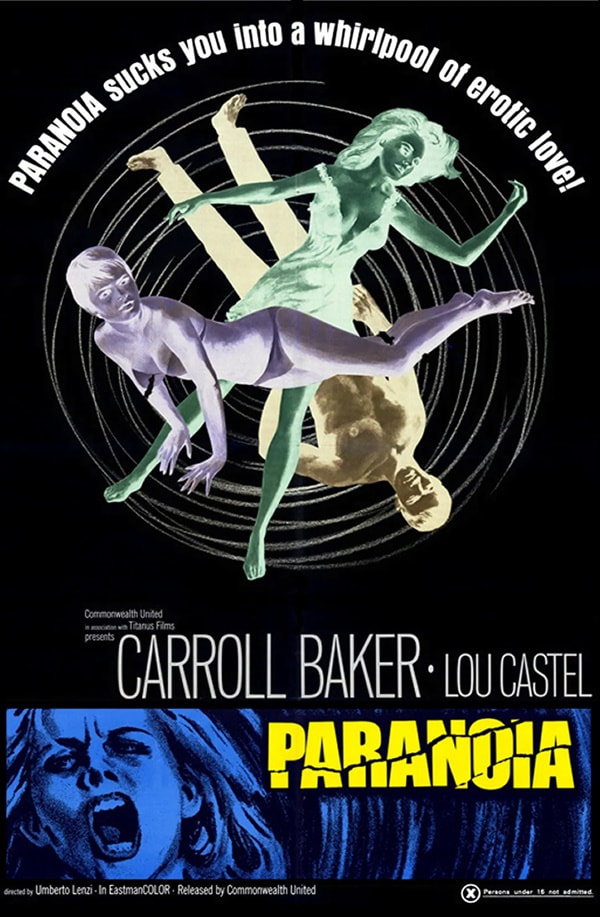
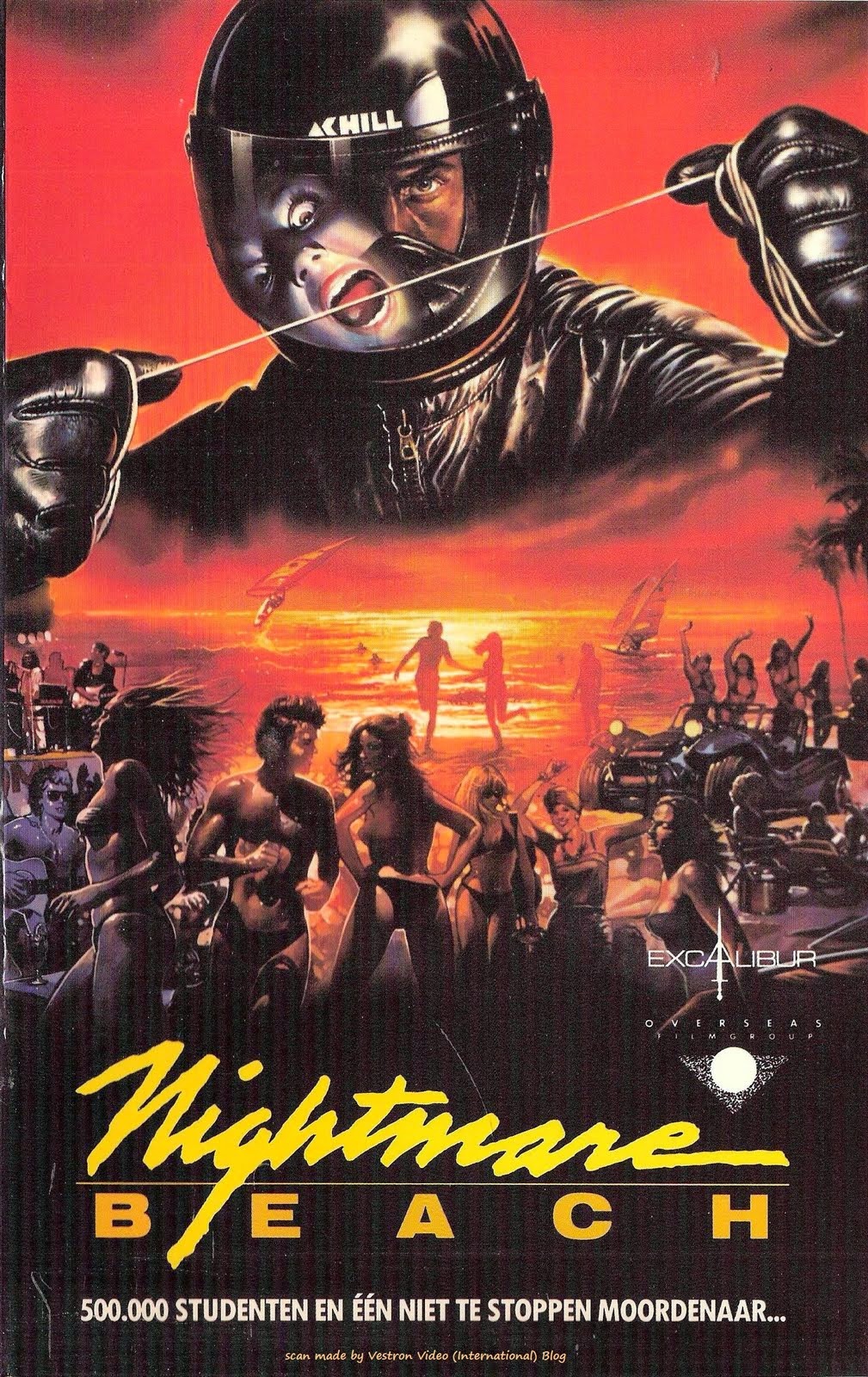
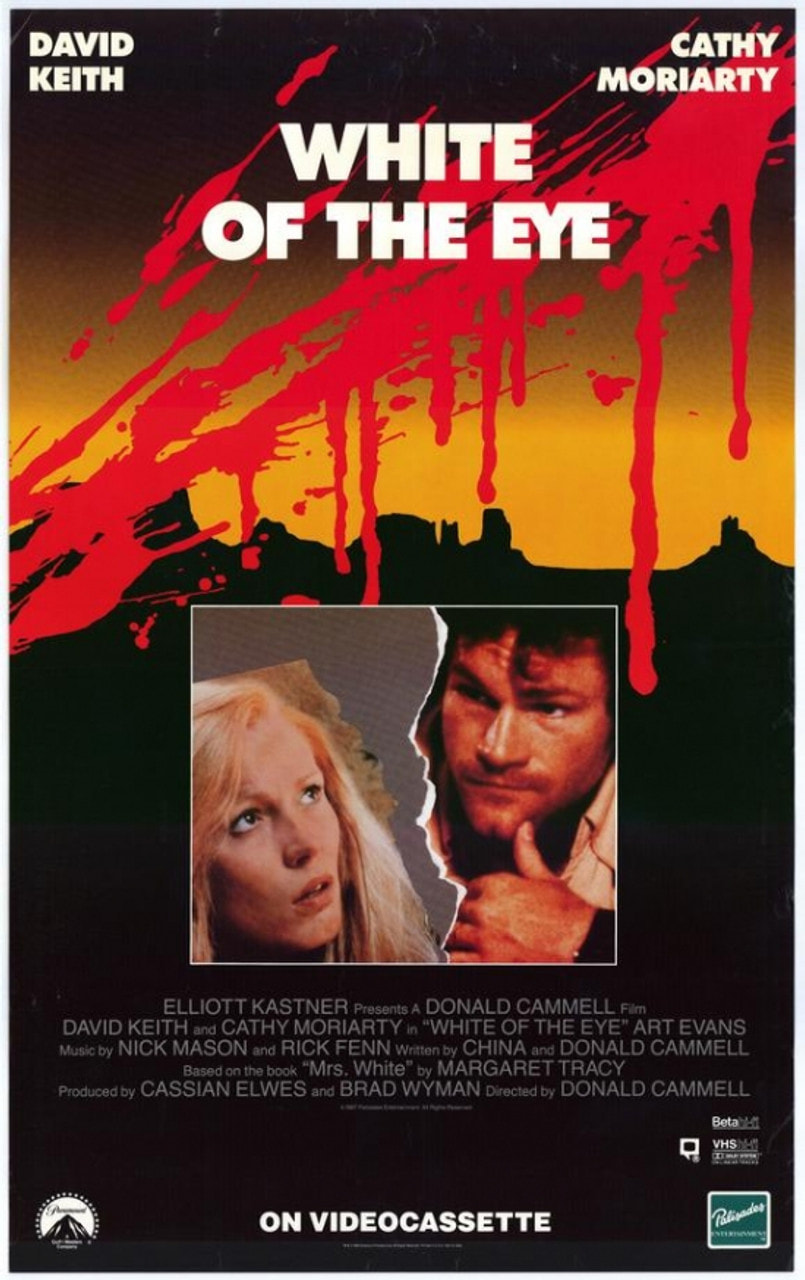
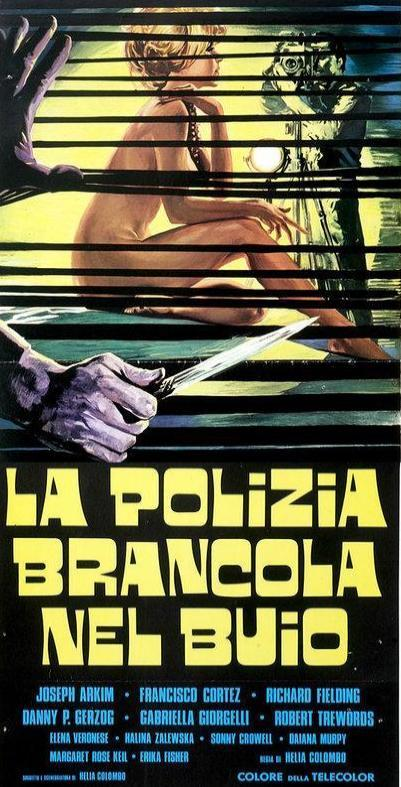

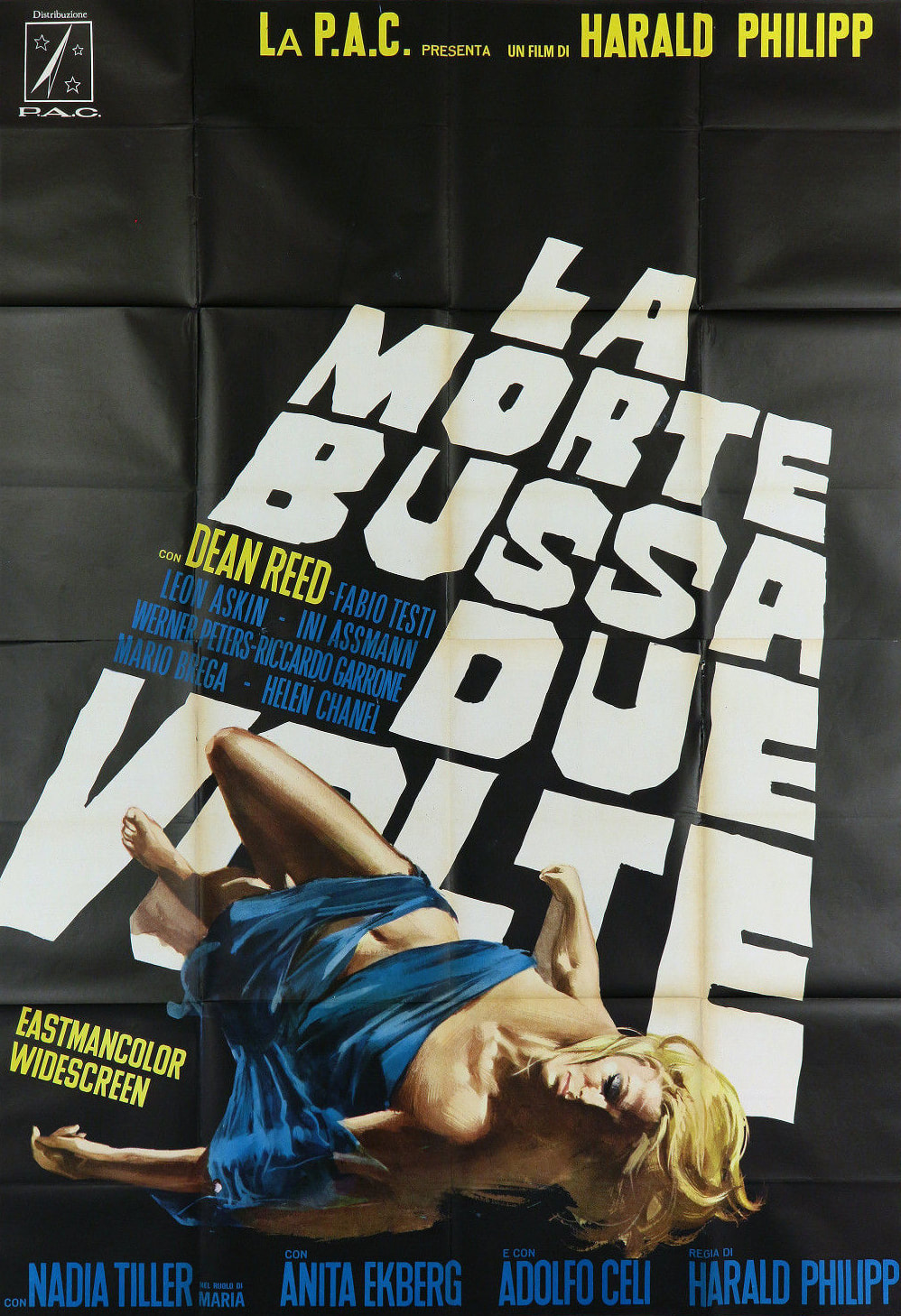
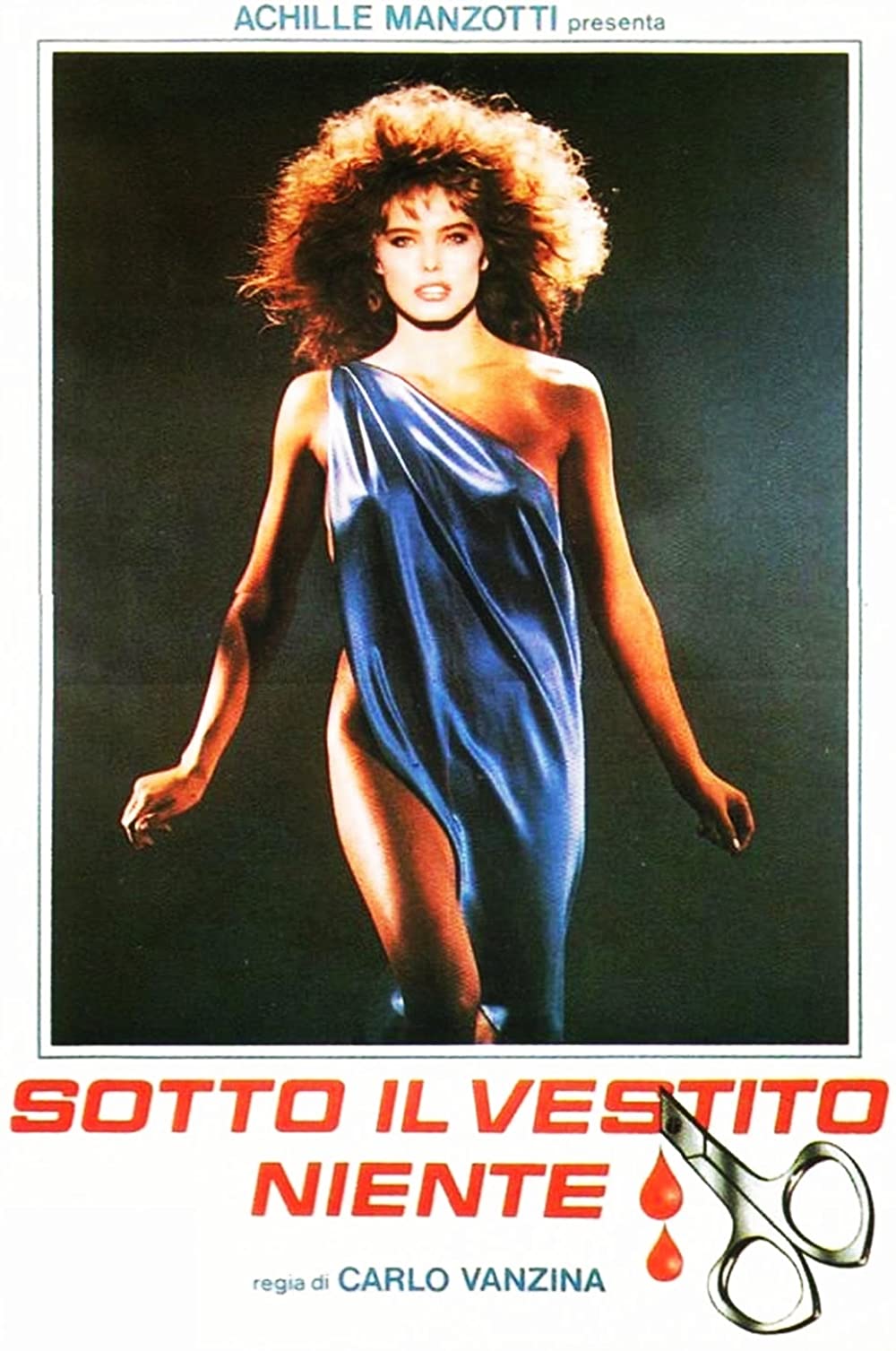
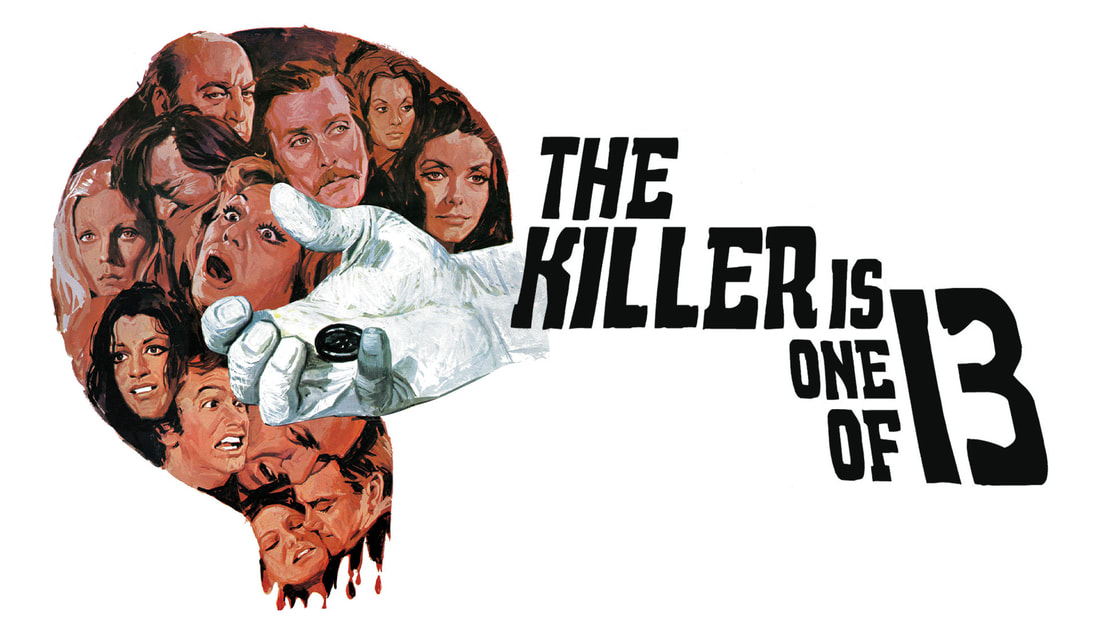
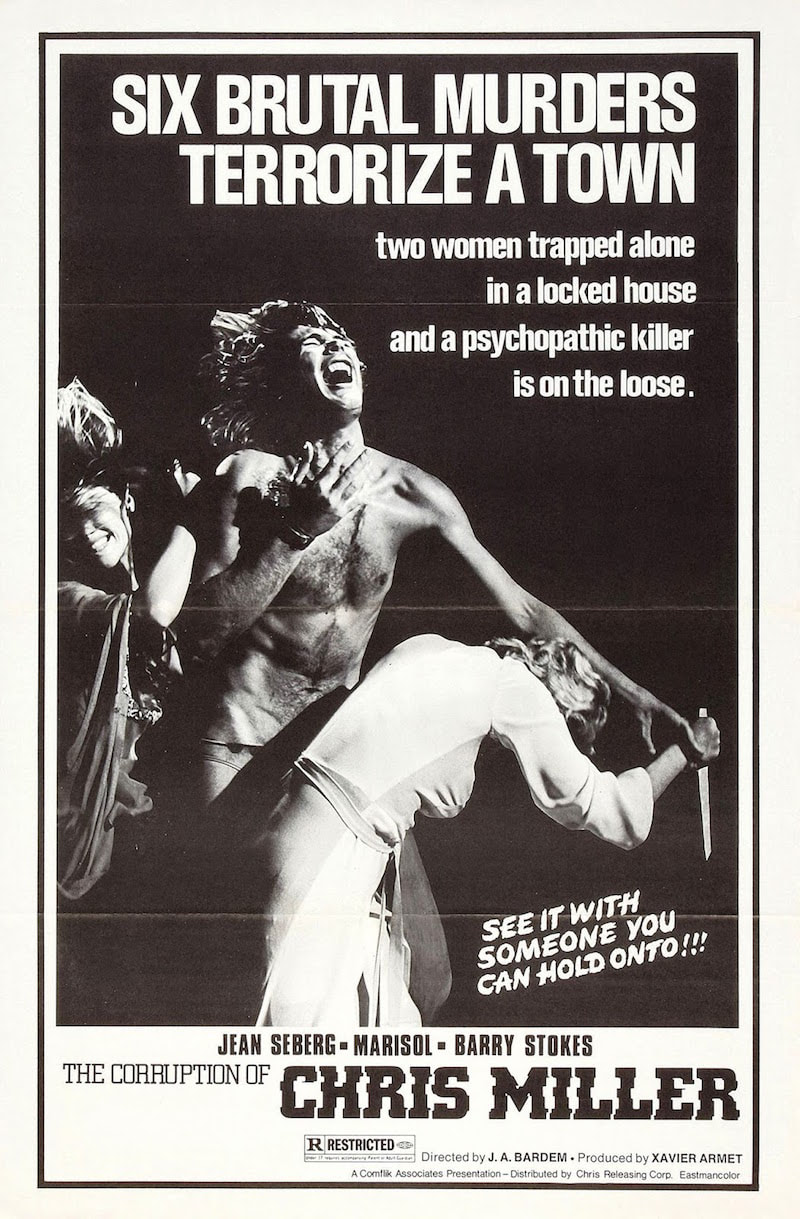
 RSS Feed
RSS Feed
